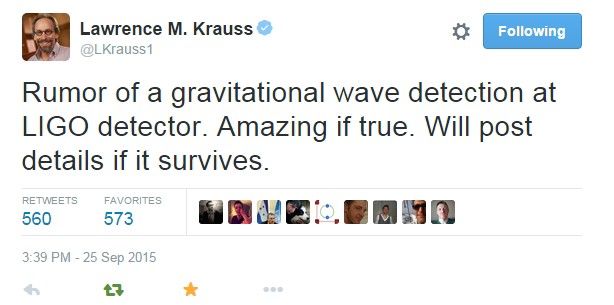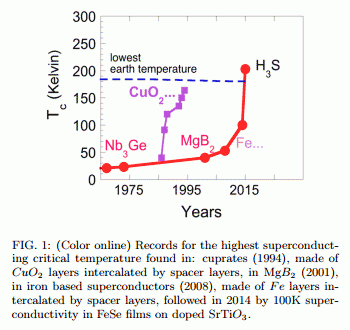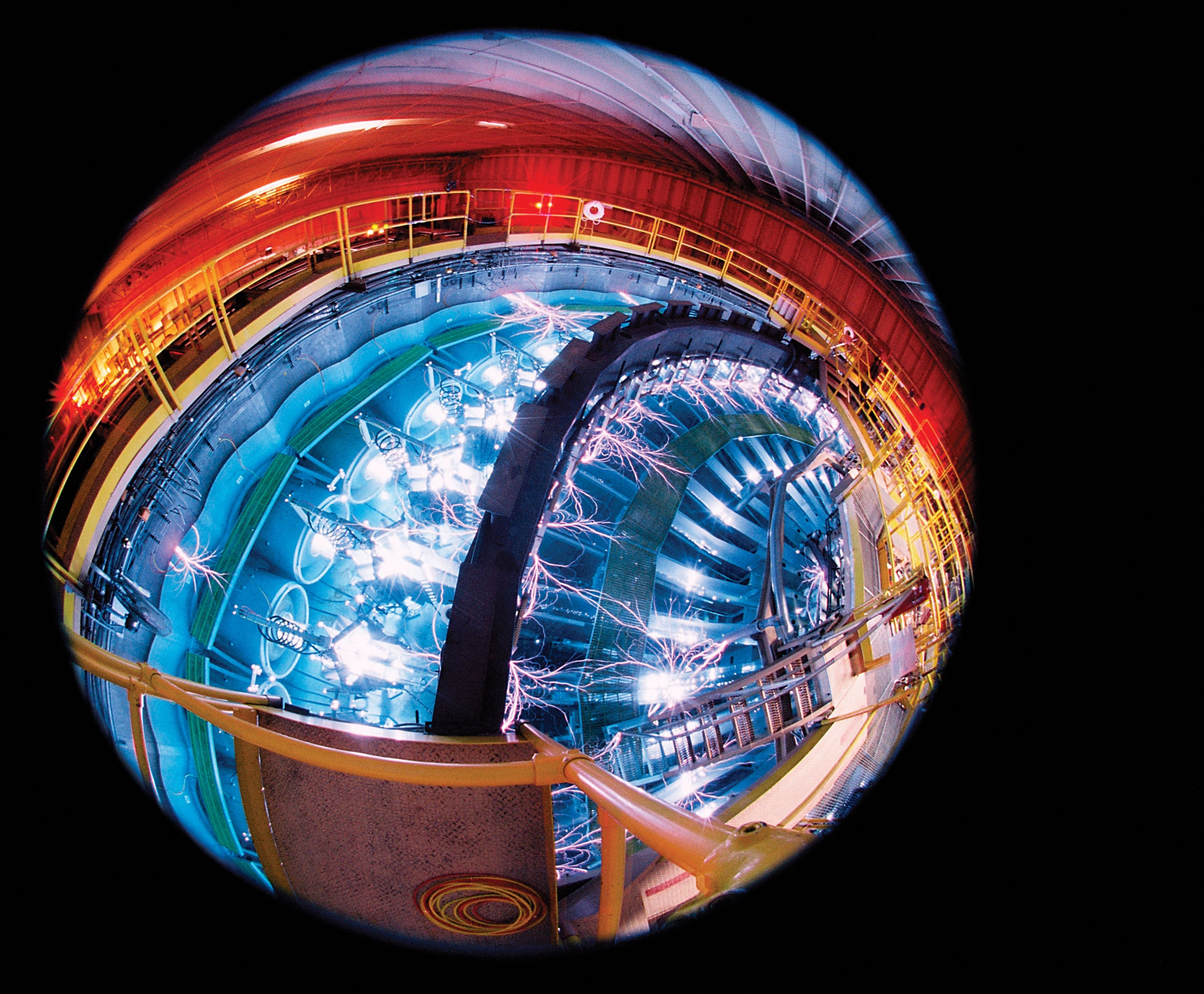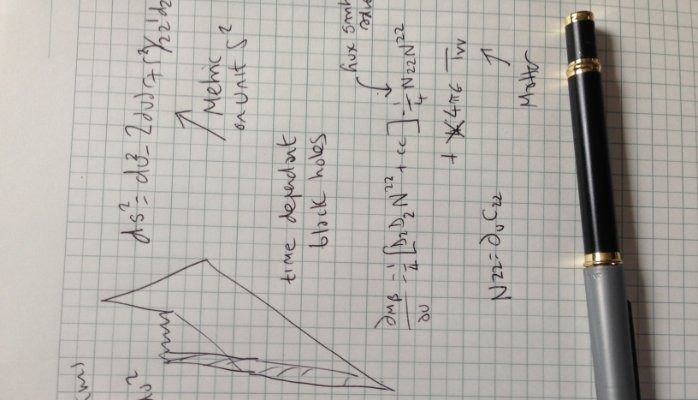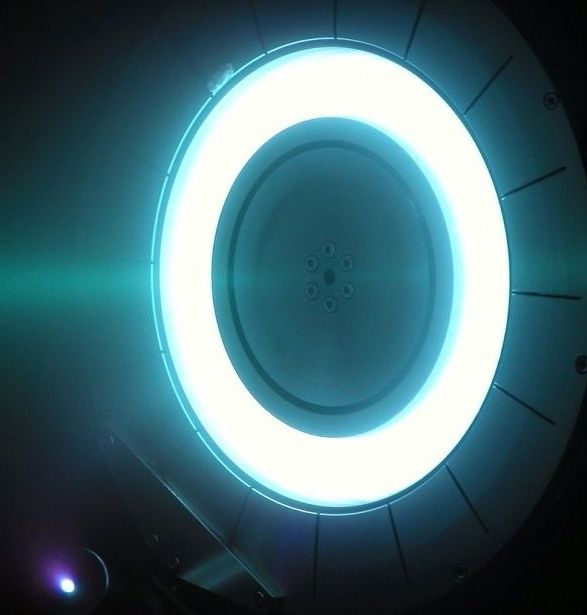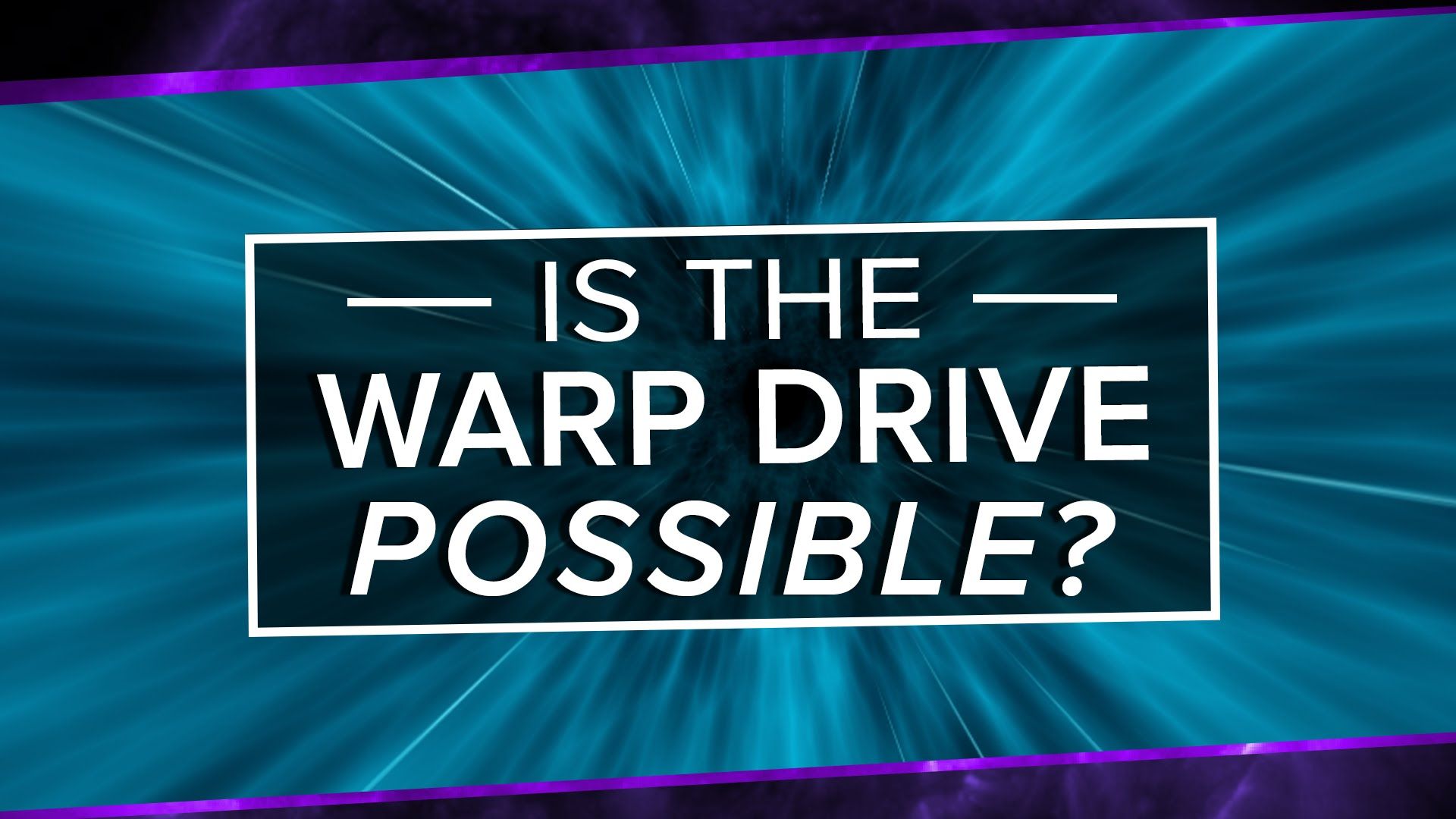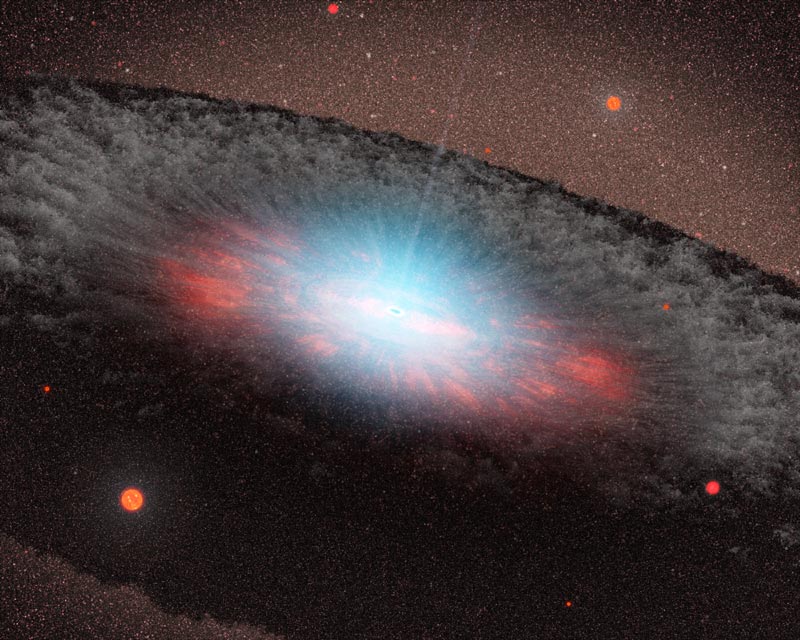Nov 16, 2015
An AI Program in Japan Just Passed a College Entrance Exam
Posted by Shailesh Prasad in categories: mathematics, physics, robotics/AI
An artificial intelligence program received such high scores on a standardized test that it’d have an 80% chance of getting into a Japanese university.
The Wall Street Journal reports that the program, developed by Japan’s National Institute of Informatics, took a multi-subject college entrance exam and passed with an above-average score of 511 points out of a possible 950. (The national average is 416.) With scores like that, it has an 8 out of 10 chance of being admitted to 441 private institutions in Japan, and 33 national ones.
Continue reading “An AI Program in Japan Just Passed a College Entrance Exam” »


